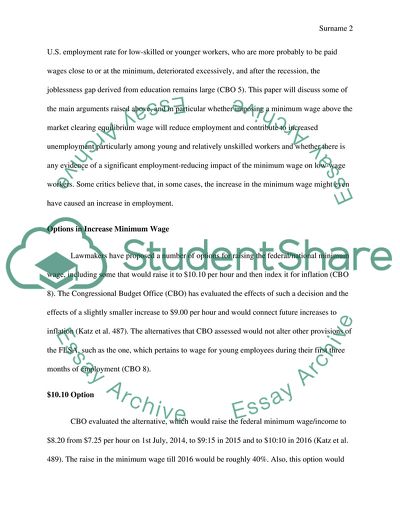Cite this document
(The Employment Effects of the Minimum Wage Essay, n.d.)
The Employment Effects of the Minimum Wage Essay. https://studentshare.org/macro-microeconomics/1821569-the-employment-effects-of-the-minimum-wage
The Employment Effects of the Minimum Wage Essay. https://studentshare.org/macro-microeconomics/1821569-the-employment-effects-of-the-minimum-wage
(The Employment Effects of the Minimum Wage Essay)
The Employment Effects of the Minimum Wage Essay. https://studentshare.org/macro-microeconomics/1821569-the-employment-effects-of-the-minimum-wage.
The Employment Effects of the Minimum Wage Essay. https://studentshare.org/macro-microeconomics/1821569-the-employment-effects-of-the-minimum-wage.
“The Employment Effects of the Minimum Wage Essay”. https://studentshare.org/macro-microeconomics/1821569-the-employment-effects-of-the-minimum-wage.


